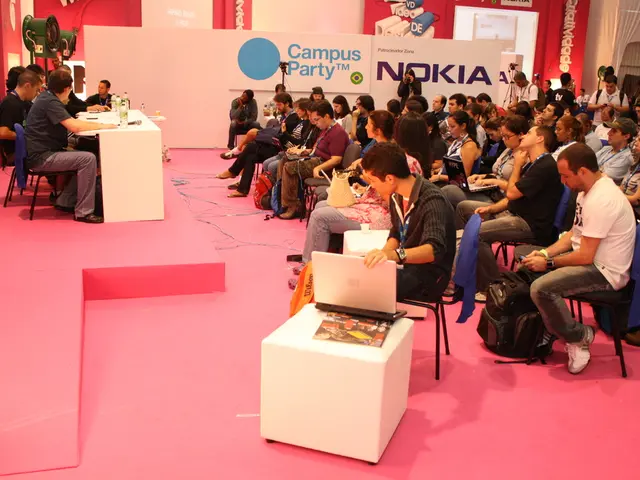City Strategies for Manufacturing with Smart Transportation Infrastructure Improvements
Urban manufacturing's dependence on seamless transportation is essential for businesses' success. As the gateway to both resources and markets, transportation systems significantly impact a city's industrial growth. In light of this, city planners should prioritize designing transport infrastructure with manufacturers in mind. This encompasses various modes, from private and public transportation to soft mobility, accessibility, and future-proof transportation solutions.
Makers who produce on-site often utilize local materials, including waste from neighboring enterprises, allowing for a partially circular economy. However, most manufacturers rely on transportation in some form before or after production. Integrating intelligent transport designs within cities can significantly benefit businesses and the overall urban landscape.
Manufacturers' Location and Transport Links
Manufacturing thrives on the balance between supply and demand, requiring appropriate land, minimal nuisance, and regulatory compliance. While city centers offer close proximity to clients and staff, congestion-busting measures aiming to reduce freight traffic create barriers for transporting raw materials. Meanwhile, air quality strategies like low-emission zones and London's congestion charges may incur extra paperwork and costs for certain producers.
Finding a Balance for Industrial Transportation
To strike a balance in transport infrastructure, city-centre enterprises should prioritize accessibility. While outskirt industrial areas may benefit from better transport links, access for low-wage workers reliant on public transportation, cycling, or walking might be compromised. Soft mobility isn't always an option for everyone, particularly older workers, those with disabilities, or parents with children.
Transportation Design in the Modern Era
Contemporary urban transport designs offer opportunities for makers to make more informed decisions on where to base their businesses. Urban manufacturers can thrive in dense inner-city areas if mobility and supply networks are readily available. In redesigning and developing transport infrastructure, city planners can create a supportive environment for manufacturers.
Prioritizing the Needs of Makers
Specialists in regional processing should prioritize the needs of their workforce and clients, moving away from the widespread practice of choosing the cheapest land or logistics locations. Companies depending on large exports may still prefer to be near transport and distribution hubs.
Adapting to Changing Transportation Infrastructure
The design of urban streets has historically focused on private vehicle access, primarily for cars. However, modern trends revolve around citizen mobility and greenery, with city centers being pedestrianized and designated bike lanes making roads narrower. This transformation affects manufacturers, who must adapt by basing their businesses near multimodal and public transport hubs, taking advantage of alternatives like efficient electric vehicles.
Making Informed Decisions for Future-Proof Manufacturing
Urban manufacturers must weigh the importance of their location: people, place, or produce. City planners, in turn, must boost quality of life while ensuring accessibility and economic stability. Both parties share the responsibility of advocating for policies and funding that encourage sustainable, climate-friendly development, investment, and modality in building a robust and intelligent transport network.
Smart transportation systems, AI, edge computing, sensor networks, predictive safety systems, and integrated public transit are essential components of an intelligent transport infrastructure. By considering these factors, cities can create a transportation system that benefits businesses, fosters sustainability, and improves urban livability. The implementation of such systems in cities like Singapore and Taiwan offers inspiring examples of successful intelligent transportation infrastructure.
Manufacturers, in their strategic location decisions, often consider the proximity to transport links as a crucial factor, realizing that intelligent transport designs within cities can significantly benefit their operations and the urban landscape. The balance in transport infrastructure requires prioritizing accessibility for city-center enterprises, while also considering the needs of low-wage workers who prefer public transportation, cycling, or walking. In the modern era, urban manufacturers can thrive in dense inner-city areas if mobility and supply networks are readily available, as city planners redesign and develop transport infrastructure to create a supportive environment for manufacturers.






